Norwalk Joins Stamford, Bridgeport in Rebranding Efforts to Attract Business
/Norwalk Mayor Harry Rilling and Economic Development Director Elizabeth Stocker have selected South Norwalk-based branding and design firm, Zunda Group, to develop a strategic marketing plan that will include a brand implementation program.. With this week's announcement, Norwalk becomes the third major municipality in Fairfield County to turn to a rebranding initiative to boost business prospects and spark interest among potential developers.
Bridgeport and Stamford have similar efforts either underway or in the planning stages.
Mayor Rilling said that “Norwalk recognizes the power of presenting the city with a strong brand image” and is moving forward as part of his recently released economic development action plan, which aims to capitalize on the city’s assets, attract and sustain new business, develop its workforce, and to continually improve its quality of life.
Rilling stated that “essential to the plan’s success is the city’s ability to communicate and build local pride around an ownable brand position that brings to life Norwalk’s unique personality and benefits. Norwalk has an eye on the future and the new brand will elevate its position as a destination to live, work and play.” The new branding and marketing communication is targeted to launch in early 2016.
Norwalk doesn’t need to look far to see other municipal branding efforts underway. 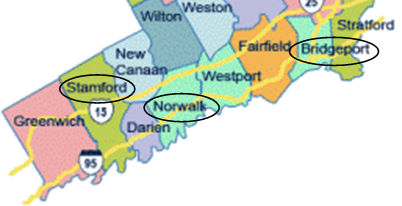
Thomas Madden, Stamford’s economic development director, told the Fairfield County Business Journal this summer that the city Office of Economic Development is working on a multiphase plan to make Stamford more attractive to businesses in a nationally competitive market. Initiatives include conducting research on Stamford’s economic landscape, outreach, rebranding and improving digital resources, the business paper reported.
“It puts us on par with a lot of the economic development corporations to make sure we have the right information out there to make businesses look at Stamford,” Madden said, noting that it is the first time this type of project has been undertaken in Stamford. Planning began about a year ago, and the nonprofit Stamford Partnership, a civic organization, is leading the effort with Stamford-based brand development company Daymon Worldwide handling the marketing.
Daymon is to conduct surveys and focus groups in Stamford and in the tristate area exploring people’s views on Stamford. The data will guide which industries Stamford should focus on and provide guidance to the city’s Office of Economic Development regarding information about income level, incentives, taxes and transportation that can be highlighted in brochures to distribute to businesses considering Stamford as a location. It is anticipated that Stamford will begin using a new logo and launch a marketing campaign as part of the initiative.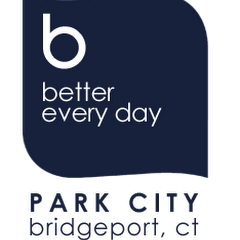
In Bridgeport, the administration of incumbent Mayor Bill Finch is already working with a pair of companies -- Mandate Media of Oregon and Gum Spirits of Maine – on an advertising campaign launched late last year, “Better Every Day.” Mandate has created an economic development website, www.bridgeportbettereveryday.com, along with a digital and web-based marketing strategy for the city. Ads have been seen not only locally but in statewide media, such as the website CT Capitol Report. Gum Spirits was to develop radio and television spots focused on local success stories and revitalization efforts, according to plans for the initiative, and a series of videos are currently posted on the website.
According to the website, which touts the Park City as a “great place” to live, “Bridgeport is a city on the way up. We've got a lot of work to do, but we're investing in the future, making our city a place where our kids and grandkids will choose to live, work and raise their families. We're improving the city by building schools, re-opening parks, making downtown more vibrant, and developing the waterfront.” The website is separate and distinct from the official Bridgeport government website, which features a range of city services traditionally highlighted on municipal sites.
In Norwalk, Zunda Group is owned and managed by longtime Norwalk business leaders Charles Zunda and Gary Seve Esposito. In announcing the selection, the city stressed that the firm “has enjoyed a 35 year history of building and positioning strong, relevant brands.” Zunda Group has proven success with Connecticut based brands like Newman’s Own, start-up brands like Chobani, and global brands such as Dove, city officials pointed out. The local Norwalk community is invited to share their feedback about Norwalk by completing a voluntary public survey that is available from September 8 through September 22 at www.norwalkct.org/survey
https://youtu.be/-77lj-hO2Xc


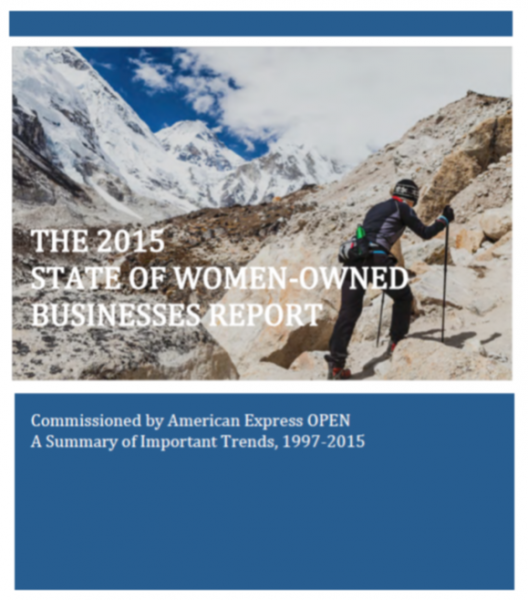
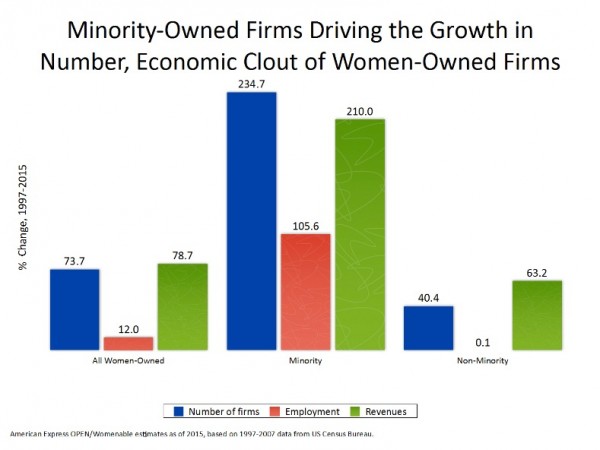
 Of the nation’s women-owned businesses, African-American women own 1.3 million, Latinas 1 million, and Asian women more than 700,000. Businesses owned by women of color tend to be smaller in terms of their average employment and revenue, the report indicated. But their growth, both in numbers and in their economic clout—the combined average of their growth, revenue, and employment—continues to outpace that of their white peers, the data indicates.
Of the nation’s women-owned businesses, African-American women own 1.3 million, Latinas 1 million, and Asian women more than 700,000. Businesses owned by women of color tend to be smaller in terms of their average employment and revenue, the report indicated. But their growth, both in numbers and in their economic clout—the combined average of their growth, revenue, and employment—continues to outpace that of their white peers, the data indicates. ow, there are an estimated 3.1 million minority women-owned firms, representing one in three (33 percent) women-owned firms,” pointed out Julie Weeks, President and CEO of
ow, there are an estimated 3.1 million minority women-owned firms, representing one in three (33 percent) women-owned firms,” pointed out Julie Weeks, President and CEO of 
 When the license renewal application does reach the agency’s Media Bureau, they will consider “how the allegation of violation was resolved,” as well as a range of other factors in deciding whether or not to renew the station’s license. The other, more routine, factors include whether any other objections have been raised about the station, whether the station has been adequately serving the public in their area of license, their history of compliance with FCC regulations, and their overall performance. License renewals for radio stations are issued by the FCC for a period of eight years.
When the license renewal application does reach the agency’s Media Bureau, they will consider “how the allegation of violation was resolved,” as well as a range of other factors in deciding whether or not to renew the station’s license. The other, more routine, factors include whether any other objections have been raised about the station, whether the station has been adequately serving the public in their area of license, their history of compliance with FCC regulations, and their overall performance. License renewals for radio stations are issued by the FCC for a period of eight years.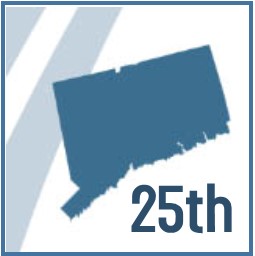
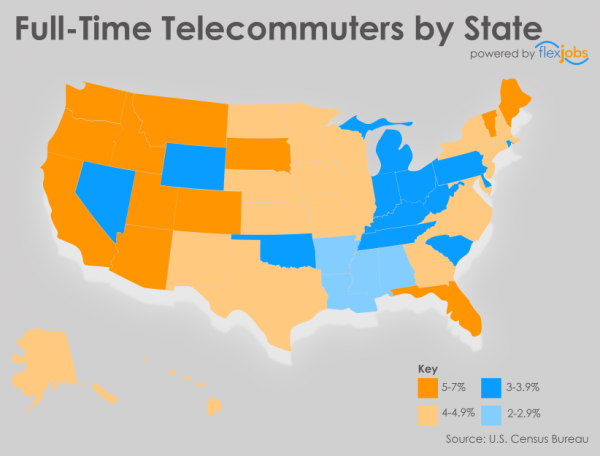
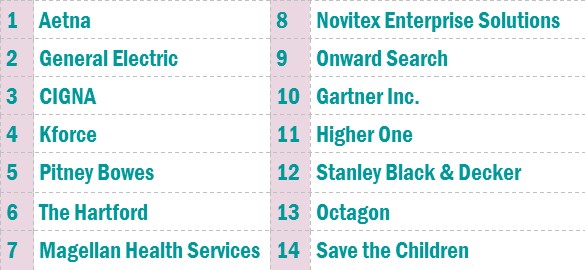 te more than 10 workdays -- meaning at least half of all workdays -- in a typical month. The majority of Americans, including both those employed and not employed, believe workers who work remotely are just as productive as those who work in a business office.
te more than 10 workdays -- meaning at least half of all workdays -- in a typical month. The majority of Americans, including both those employed and not employed, believe workers who work remotely are just as productive as those who work in a business office.

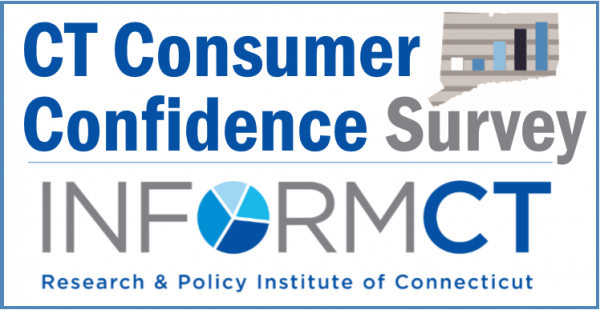

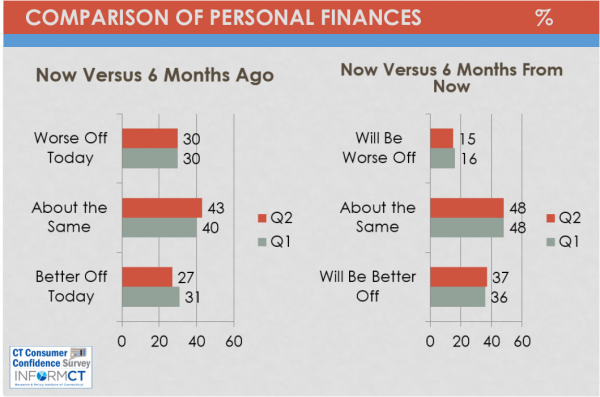 The survey is being administered for InformCT by the
The survey is being administered for InformCT by the 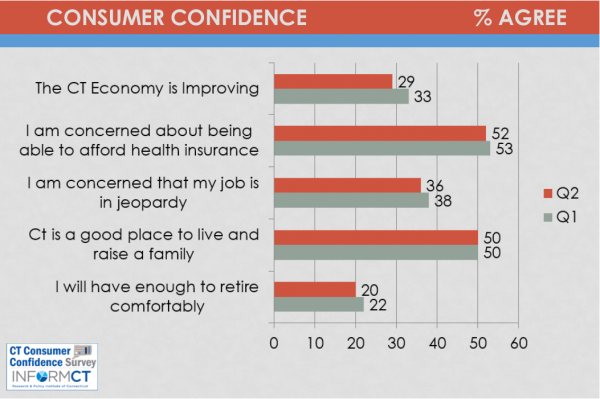

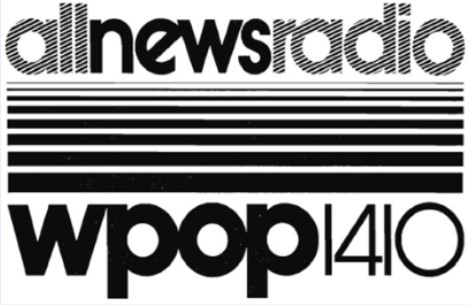



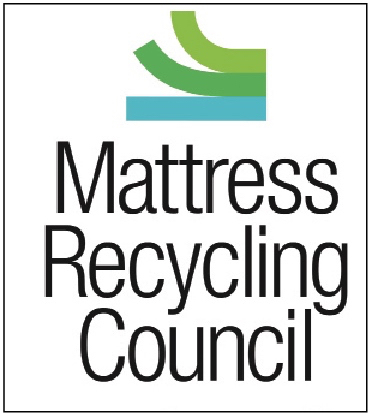 A similar statewide mattress recycling program was adopted by the Rhode Island legislature in 2013 and is due to launch in 2016. To participate,
A similar statewide mattress recycling program was adopted by the Rhode Island legislature in 2013 and is due to launch in 2016. To participate, 






























